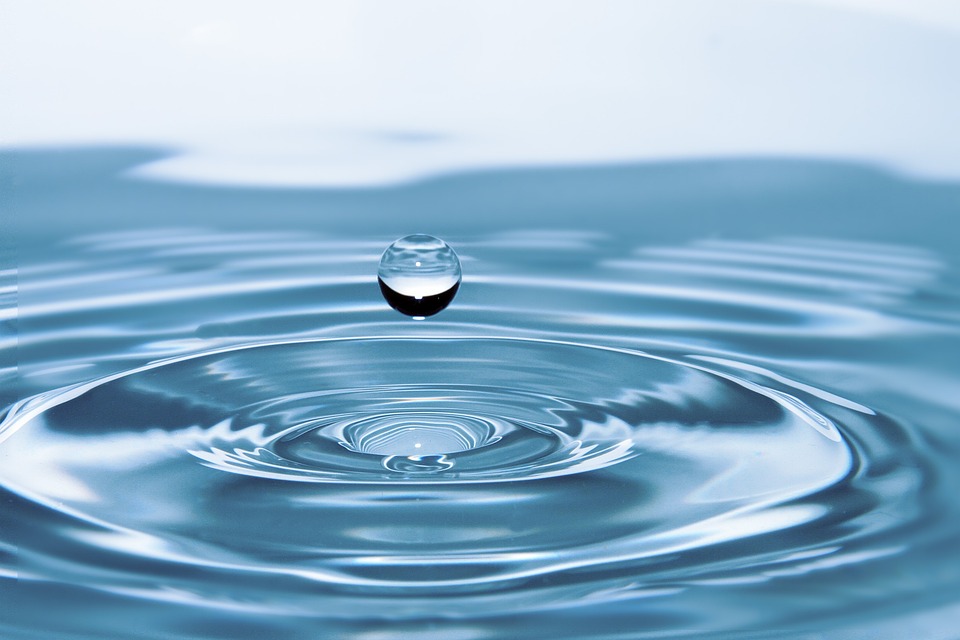The Impact of Blood Flow on Athletic Performance and Recovery
When it comes to athletic performance and recovery, blood flow plays a crucial role. The circulatory system, consisting of the heart, blood vessels, and blood, is responsible for delivering oxygen, nutrients, and removing waste products from the body’s tissues. Understanding the impact of blood flow on athletic performance and recovery can help athletes optimize their training and enhance their overall performance.
Blood Flow and Performance
During exercise, the demand for oxygen and nutrients increases as the muscles work harder. The body responds to this increased demand by increasing blood flow to the working muscles. Improved blood flow allows for more efficient delivery of oxygen and nutrients, which are essential for energy production and muscle function.
Enhanced blood flow also helps remove metabolic waste products, such as lactic acid, from the muscles. Lactic acid buildup can lead to fatigue and muscle soreness, so efficient removal is crucial for optimal performance and faster recovery.
Additionally, blood flow plays a role in regulating body temperature during exercise. As the muscles generate heat, blood vessels near the skin dilate, allowing for increased blood flow and heat dissipation. This helps prevent overheating and allows athletes to maintain their performance for longer durations.
Improving Blood Flow
There are several strategies athletes can use to improve blood flow and enhance their performance:
1. Aerobic Exercise:
Aerobic exercise, such as running, swimming, or cycling, increases heart rate and improves cardiovascular fitness. Regular aerobic exercise strengthens the heart and blood vessels, allowing for more efficient blood flow during exercise.
2. Strength Training:
Strength training exercises, like weightlifting, can improve blood flow by increasing muscle mass and enhancing vascular function. Stronger muscles require more blood supply, leading to improved circulation.

